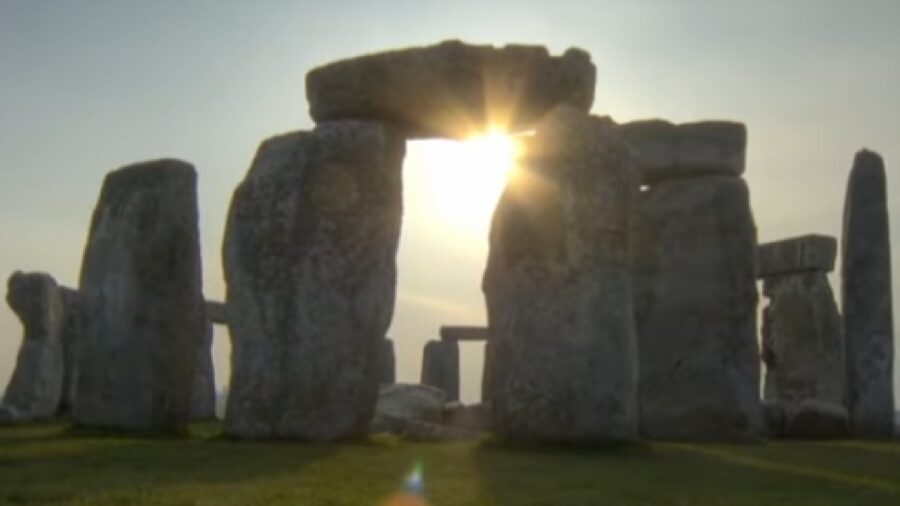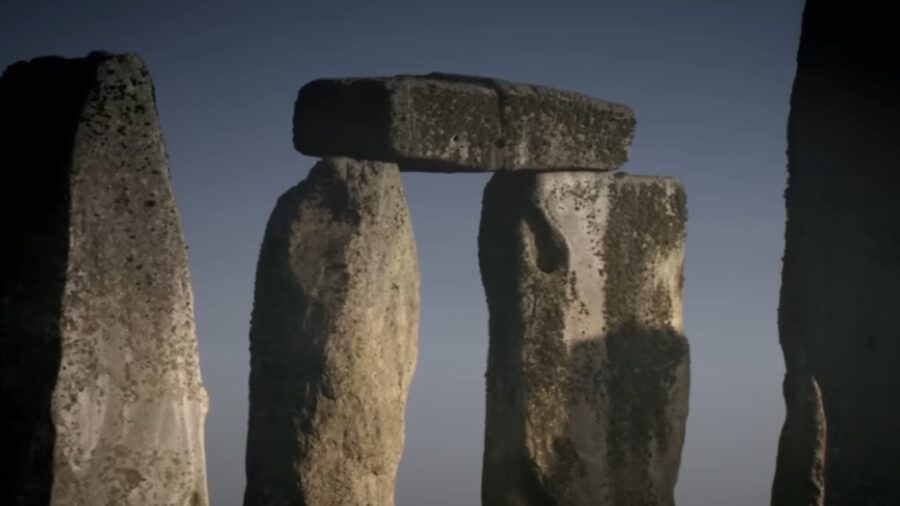Stonehenge Mystery Deepens With New Discovery

The mystery around Stonehenge, one of the ancient world’s most well-known wonders, has grown deeper as tests have revealed the central altar stone came from northern Scotland. This discovery challenges many preconceptions about neolithic Britain’s political organizations, society, and technology. It also raises more questions about the origins of the mysterious stone circle.
Wales

Mineralogical testing on the altar stone revealed that it originated around 500 miles away from the site of Stonehenge. Earlier testing of the monument’s smaller stones revealed that they came from Wales, 120 miles away, linking the stone structure to three different areas of the British Isles.
The fact that materials from such distant places were brought in challenges preconceptions about Neolithic tribes in the area.
Religious Importance

The Scottish stones are of particular importance to the monument as they were used to make the altar stone. This is the part of Stonehenge that lines up with the summer solstice’s sunset and the winter solstice’s sunrise. Anthropologists believe this celestial alignment was of religious importance, making the use of Scottish stones potentially more important.
The Tribes

The religious importance of the altar stone means the tribes of northern Scotland and southern England may have shared a religion, giving them a motive to collaborate on Stonehenge.
Some anthropologists now believe that the idea for the monument could have originated in Scotland, where stone circles were frequently built. This theory clashes with the previous belief that British religions were tribally unique.
Scottish stones at Stonehenge also imply a far more interconnected political system in the region than was previously believed.
The assumption has always been that British tribes were highly local, with minimal intertribal cooperation. Moving massive stones hundreds of miles for a monument shatters that notion.
What We Know Technology Of The Time Changes

The greater political cooperation needed to make Stonehenge, along with the possibility of a shared religion also imply a sense of a wider pan-British culture. While we’ll never know how Neolithic people saw themselves, such close collaboration opens the door to a broader social identity than the individualistic tribal theory posited by some anthropologists.
At the very least, it proves that tribes in the region were much more willing to work together than was previously believed.
The social implications of the Stonehenge discovery are one thing, but the presence of Scottish stones in southern England also revolutionizes what we know about neolithic technology in the area.
The stones would have almost certainly been carried by sea due to the various mountains and rivers between the two locations. To move such heavy cargo so far, through rough waters, seafaring technology must have been much more sophisticated than was previously believed.
A Pan-British Object

While the discovery illuminates much about neolithic Britain, it also raises the question, why were stones shipped in from so far away? Without more knowledge about the specific beliefs and motives that led to Stonehenge’s creation, it’s a question that will be hard to answer.
Some anthropologists theorize that it’s connected to the stone circles in Scotland, with the stones themselves having some potential ritualistic value.
Stonehenge remains a mystery in many ways, but studying it has also given us incredible insights into the area’s Neolithic history.
It’s now obvious that it was a pan-British project, which only makes its mysterious origins and purpose even more intriguing. The more scientists learn about the structure, the stranger it becomes.
Source: The Independent











